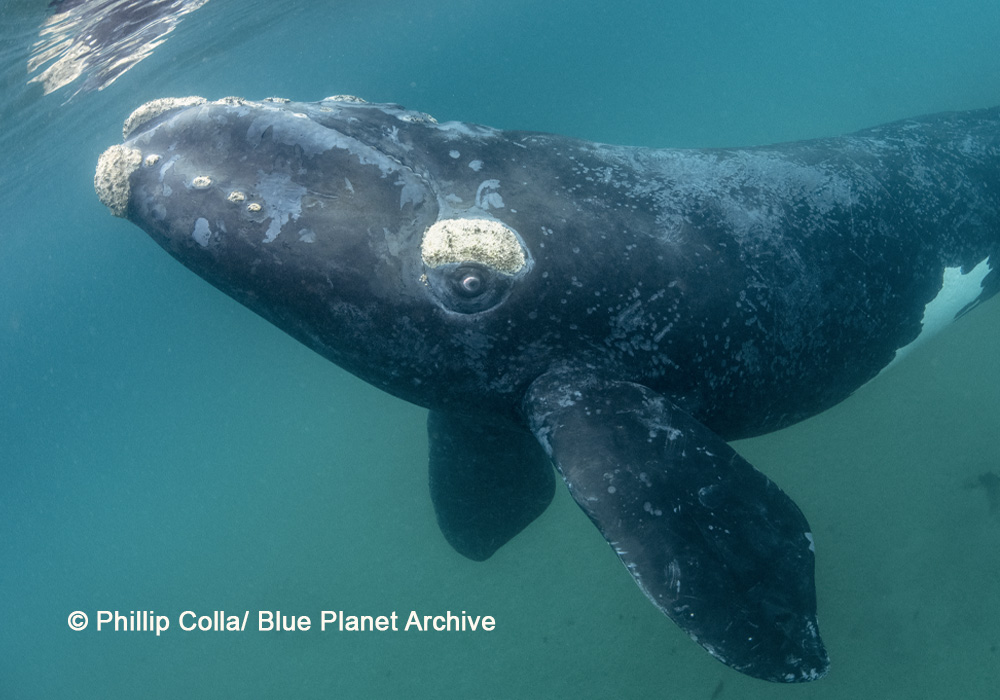Toothed Whales
This diverse group of marine mammals includes orcas, sperm whales, dolphins and porpoises that rely on sound to navigate, communicate, and hunt for prey. Learn what makes each of the species unique and how to protect them. These intelligent creatures play a vital role in marine ecosystems, but many face threats from noise pollution, entanglement, and declining prey. Learn what makes toothed whales unique and how we can protect them.
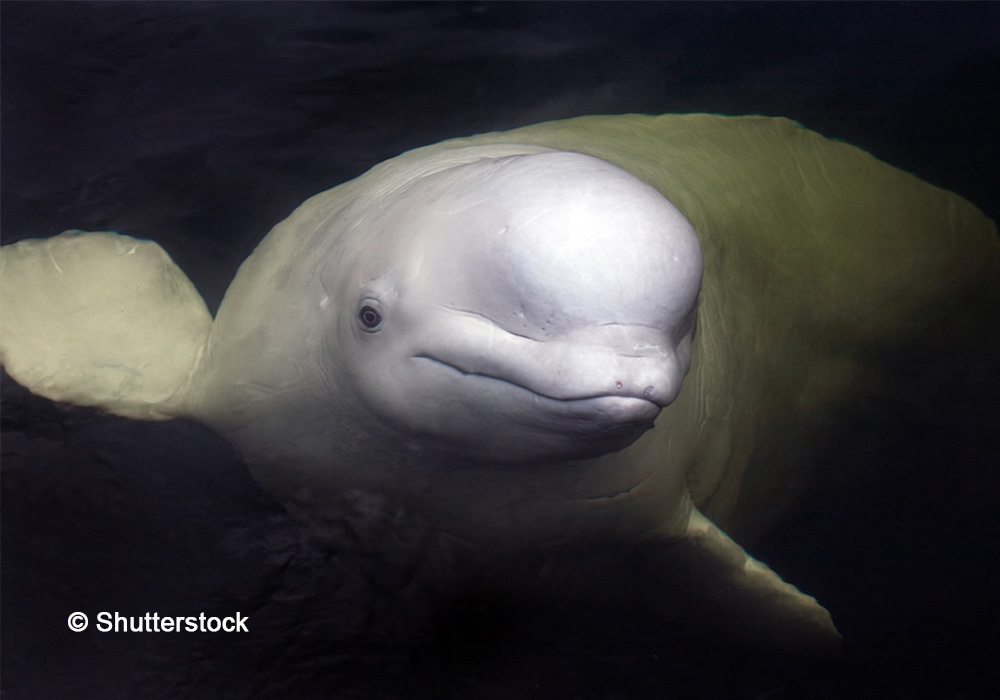
Beluga or White Whale
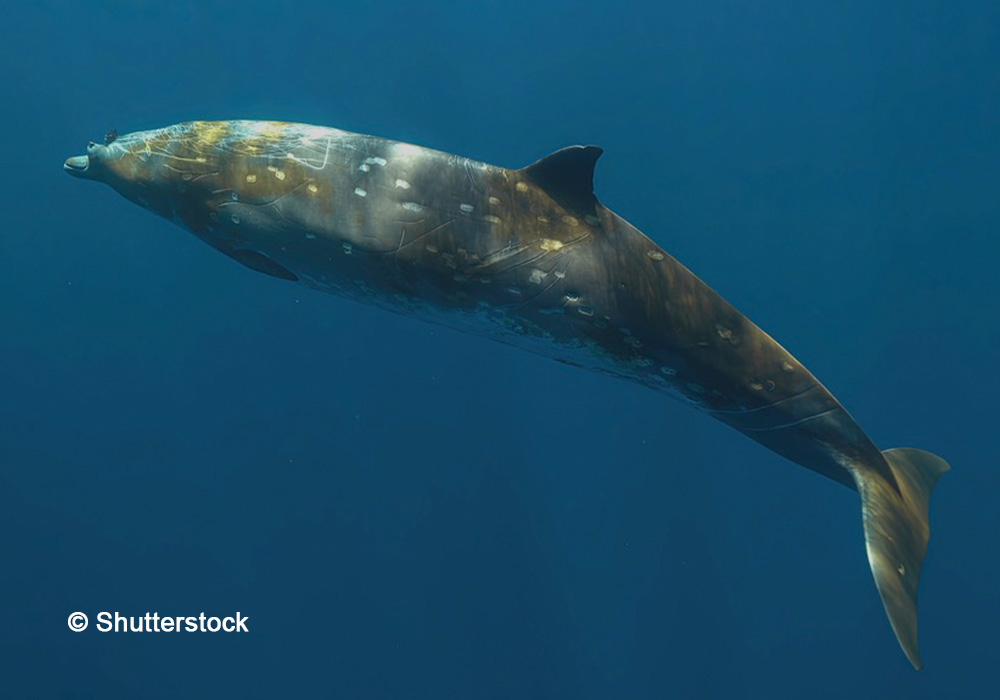
Blainville’s Beaked Whale
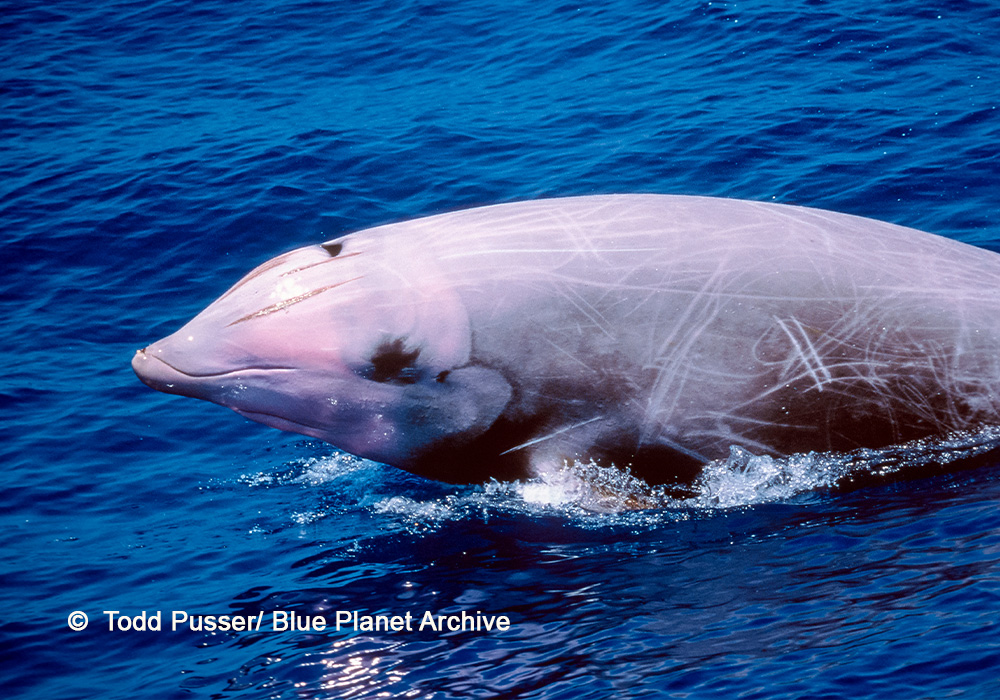
Cuvier’s Beaked Whale
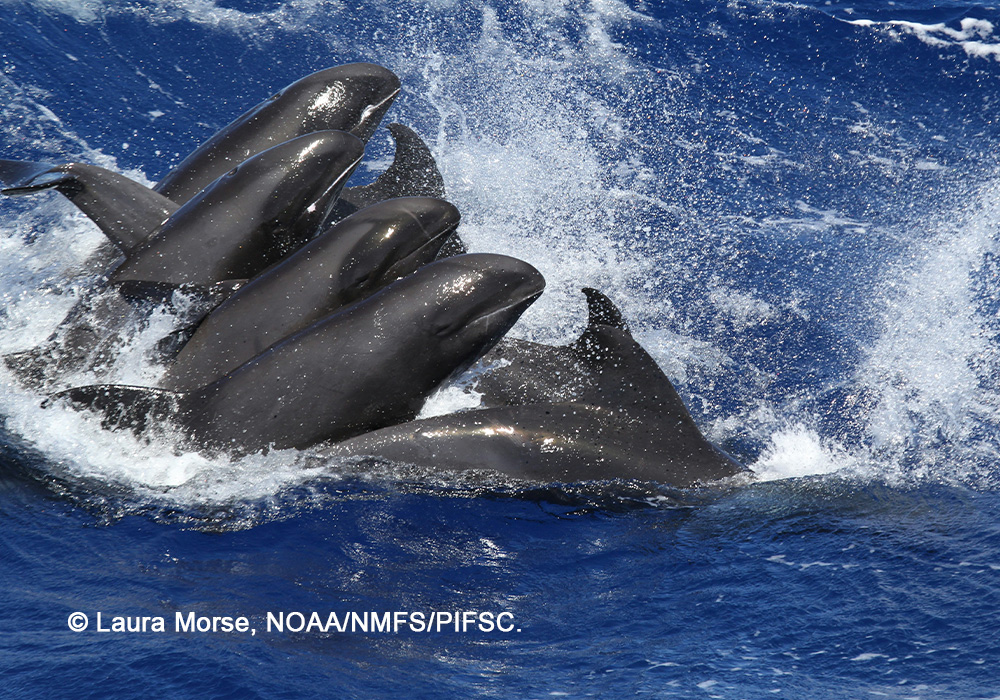
Melon-Headed Whale
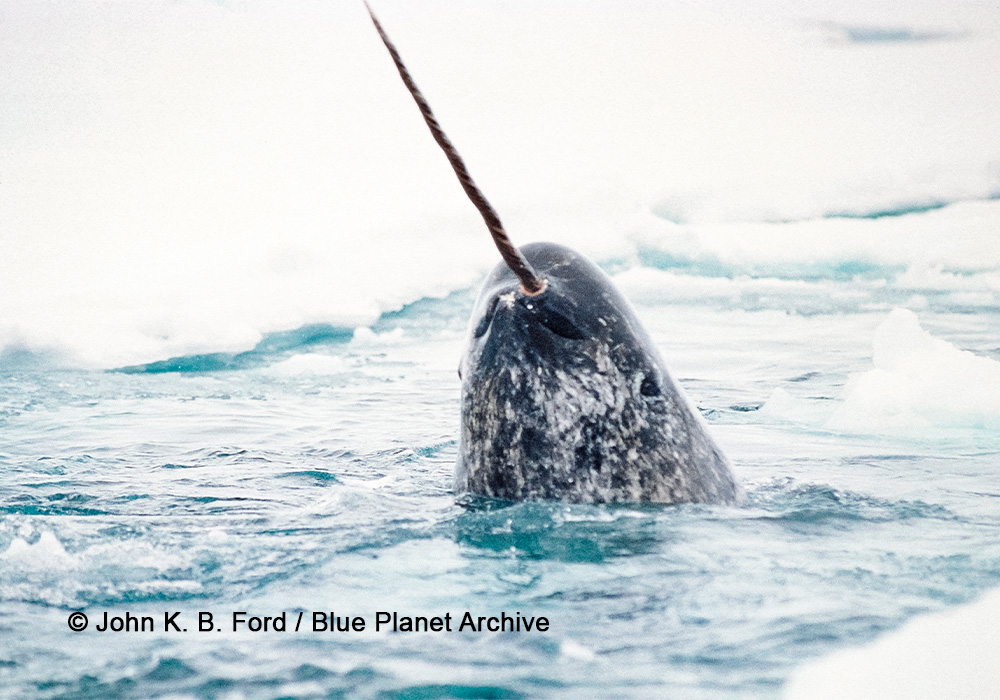
Narwhal
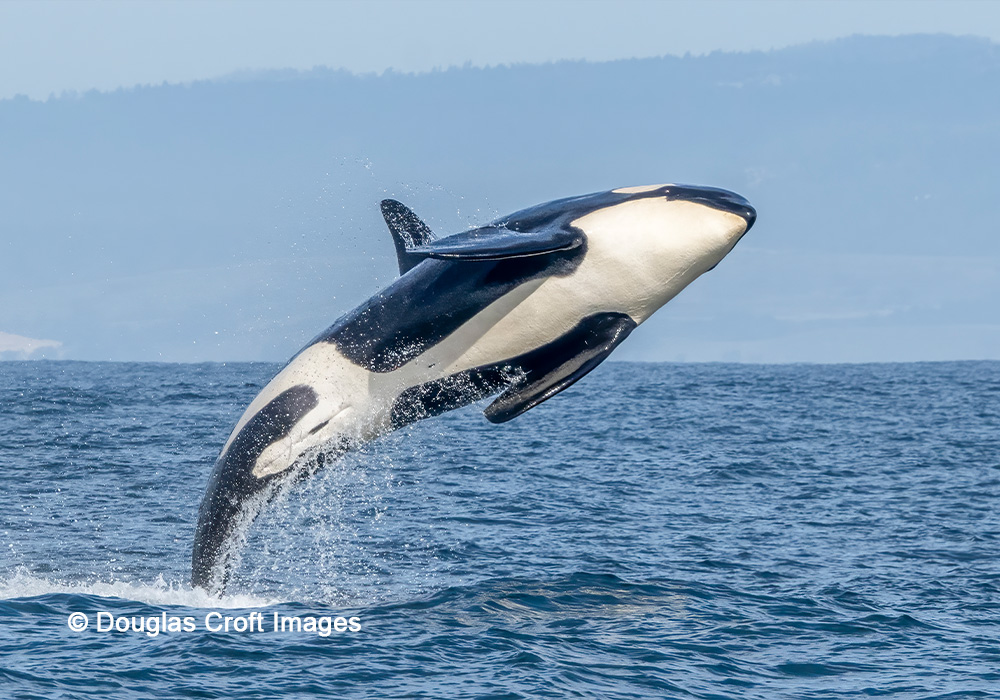
Orca or Killer Whale
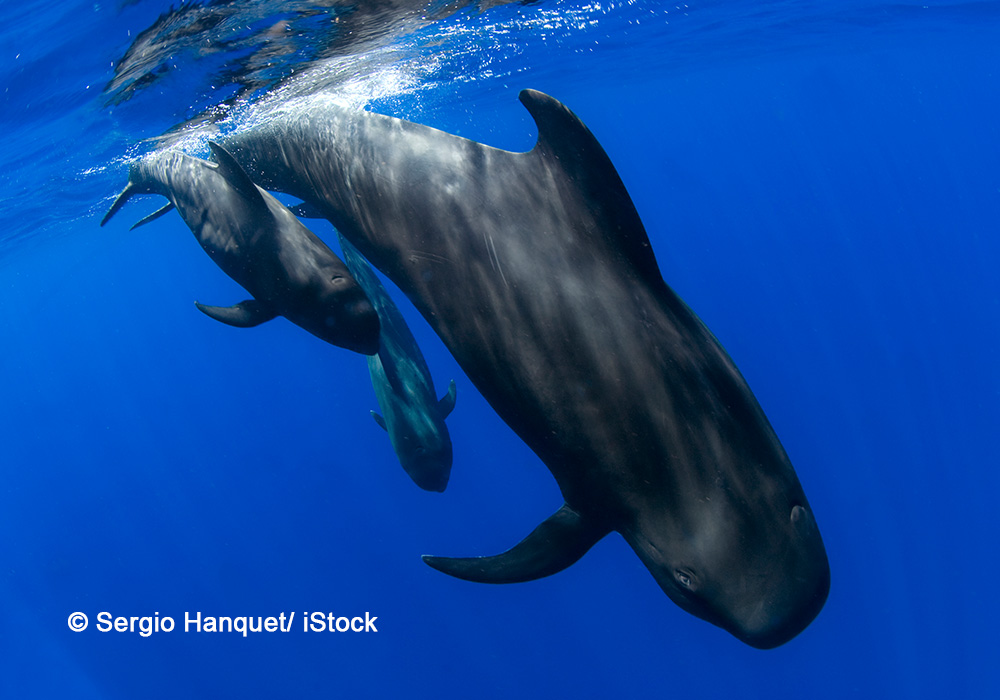
Pilot Whale

Sperm Whale
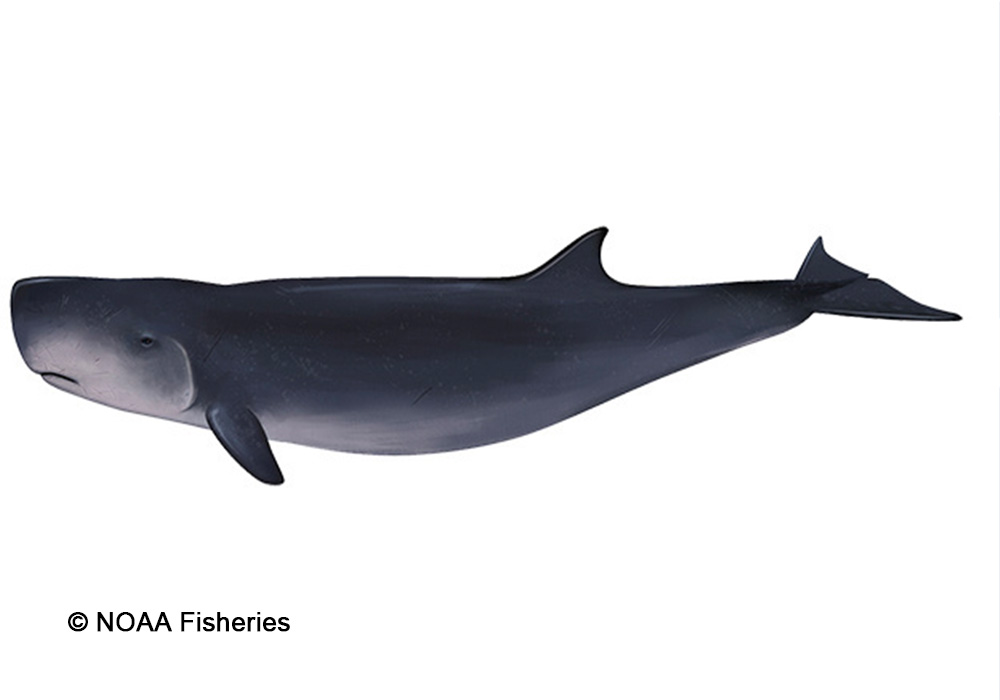
Sperm Whale, Dwarf
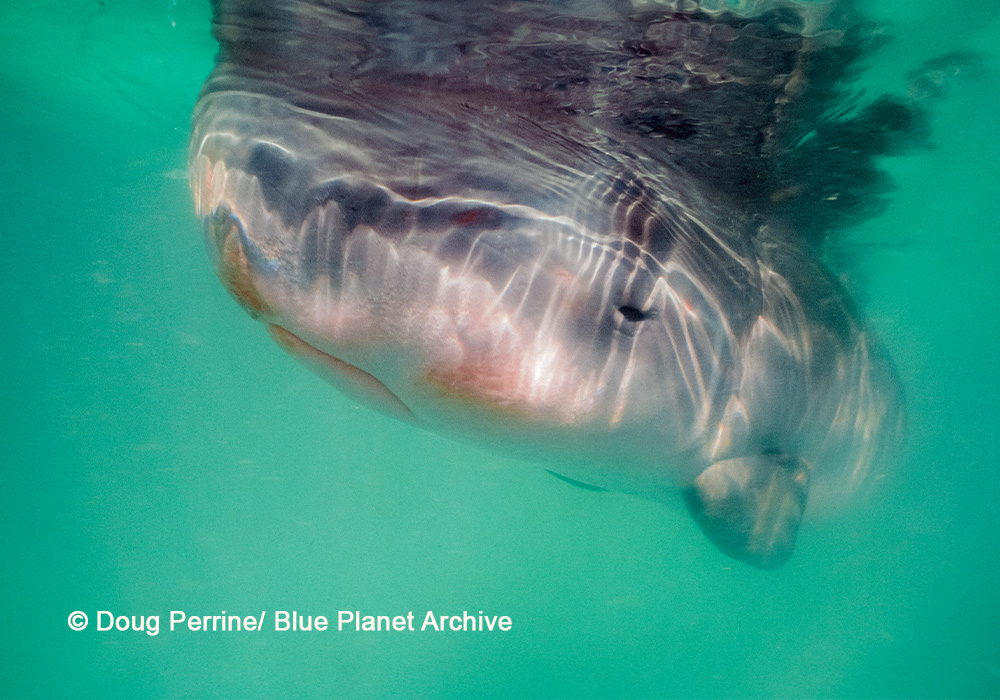
Sperm Whale, Pygmy
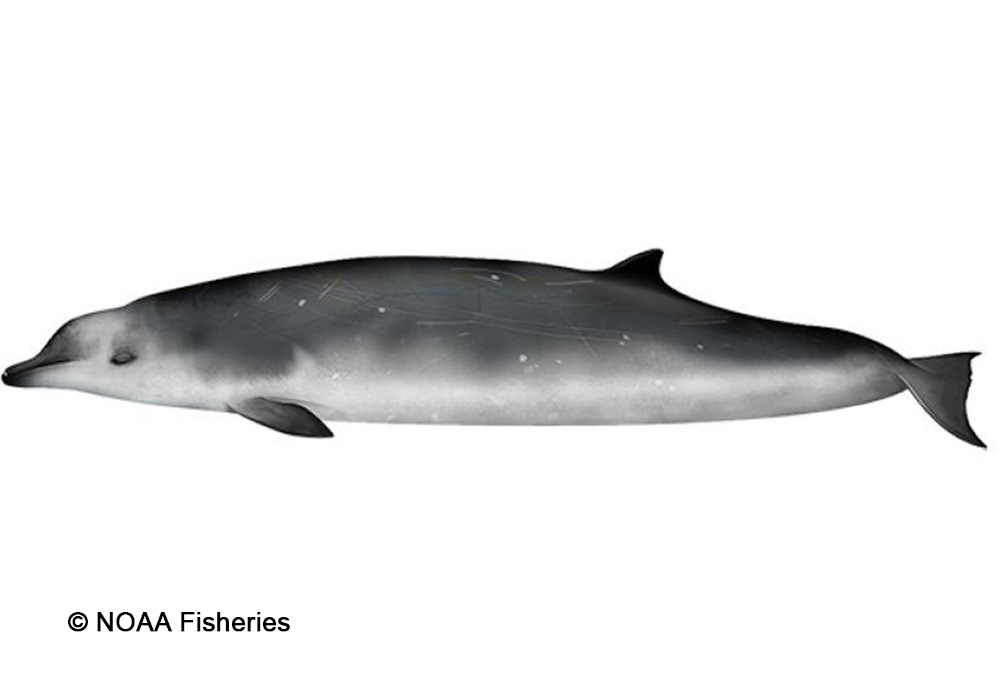
True’s Beaked Whale
Baleen Whales
Baleen whales are the largest animals on Earth, yet they feed on some of the smallest—tiny krill and plankton. Using comb-like baleen plates instead of teeth, these whales filter massive amounts of water each day to feed. Species like the blue whale, humpback, and gray whale play a critical role in nutrient cycling and carbon capture, helping to fight climate change. But their survival is at risk from ship strikes, noise pollution, and habitat degradation. Discover how these gentle giants support ocean health—and how we can support them in return.

Blue Whale
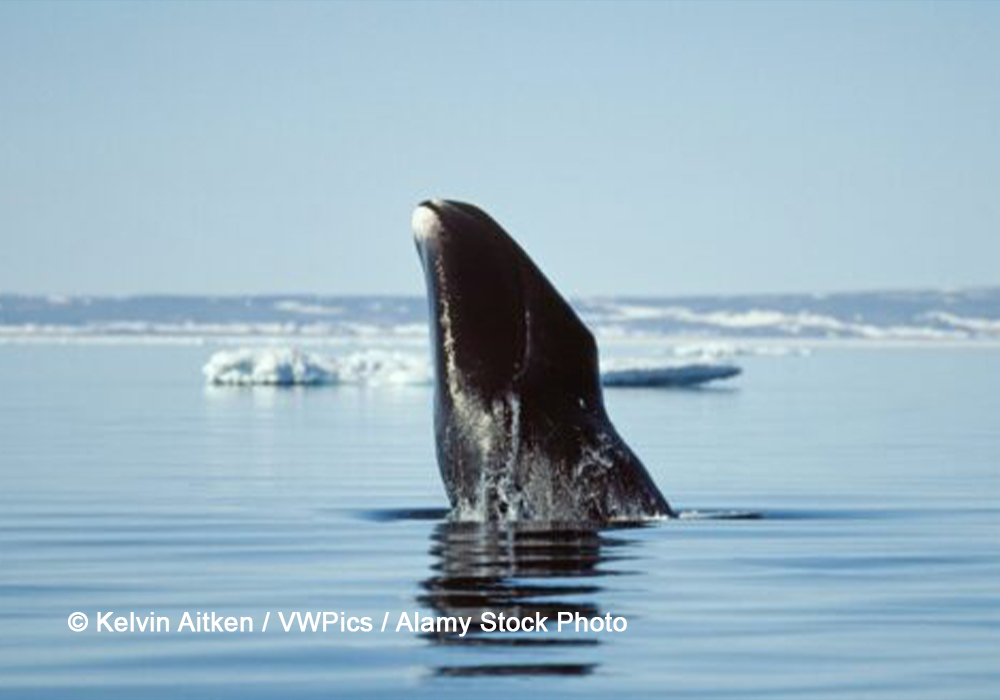
Bowhead Whale
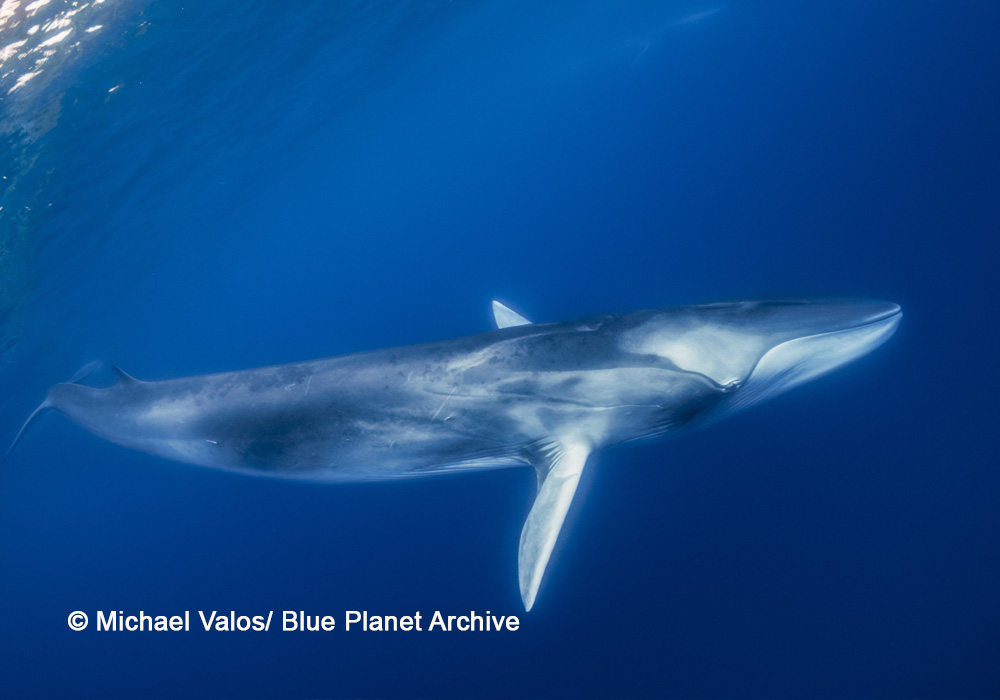
Fin Whale
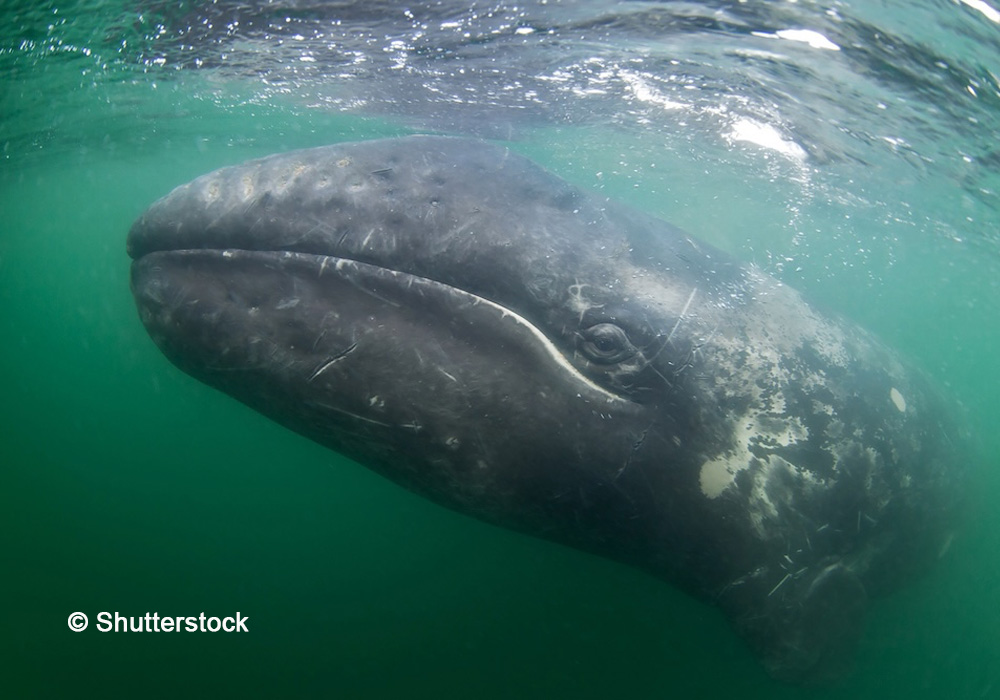
Gray Whale
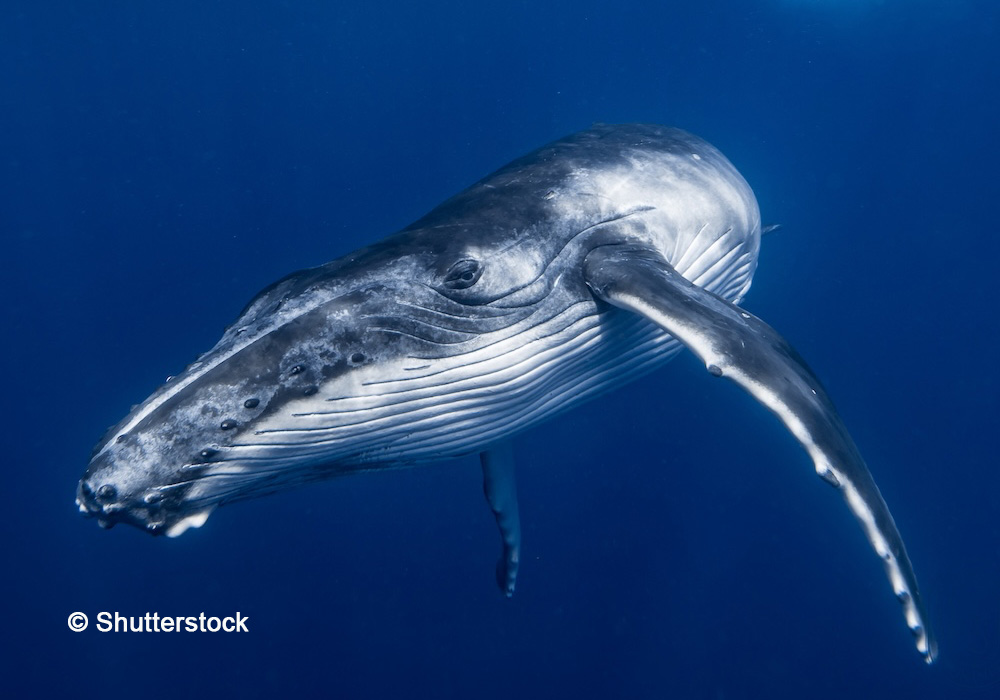
Humpback Whale
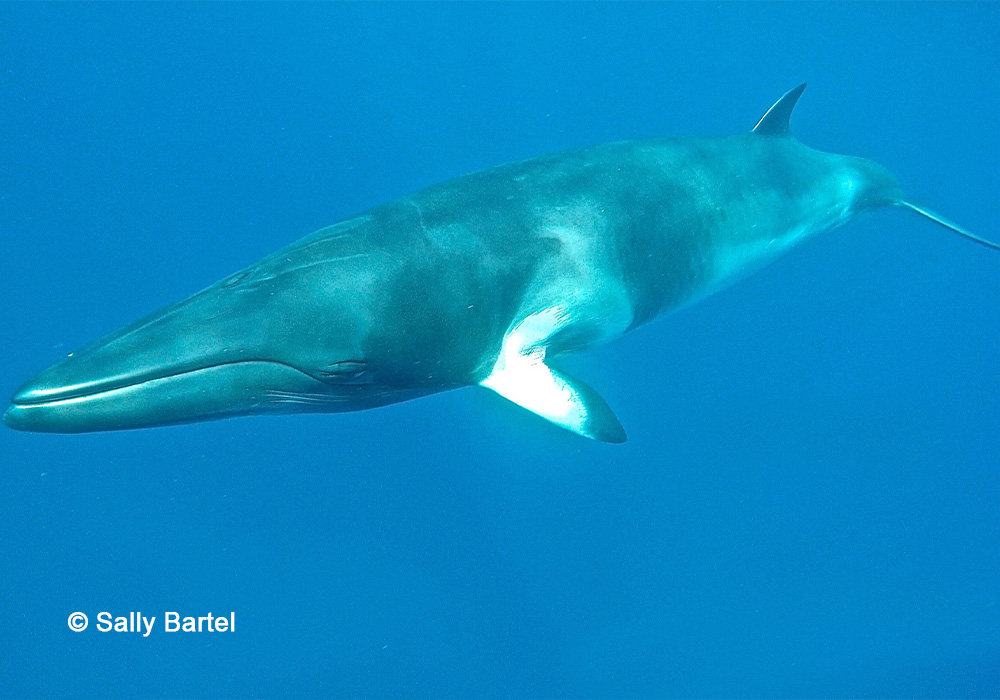
Minke Whale
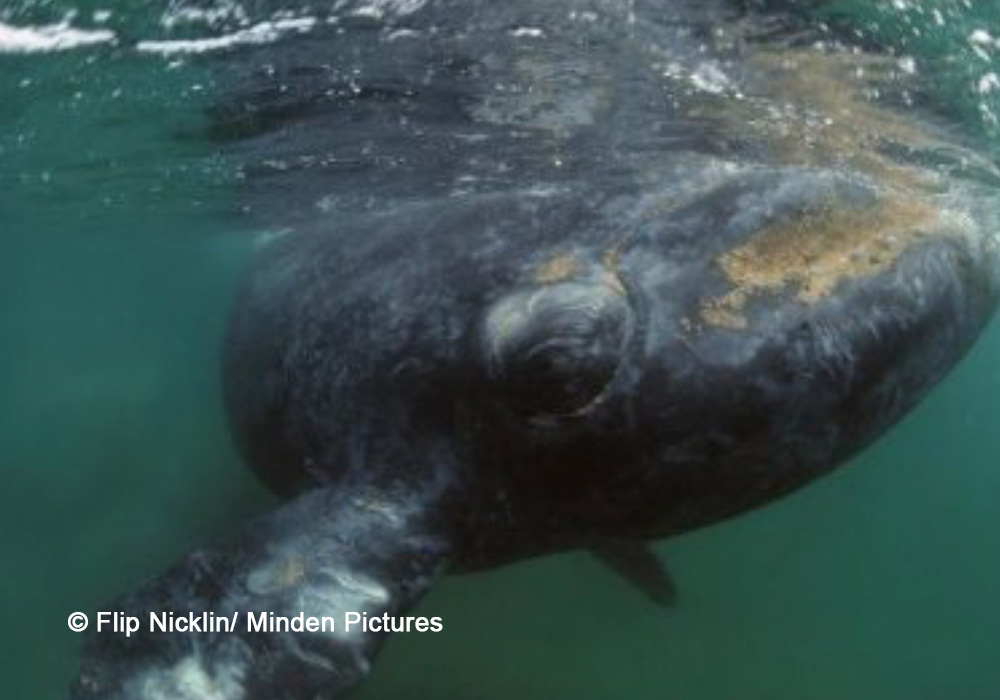
North Atlantic Right Whale
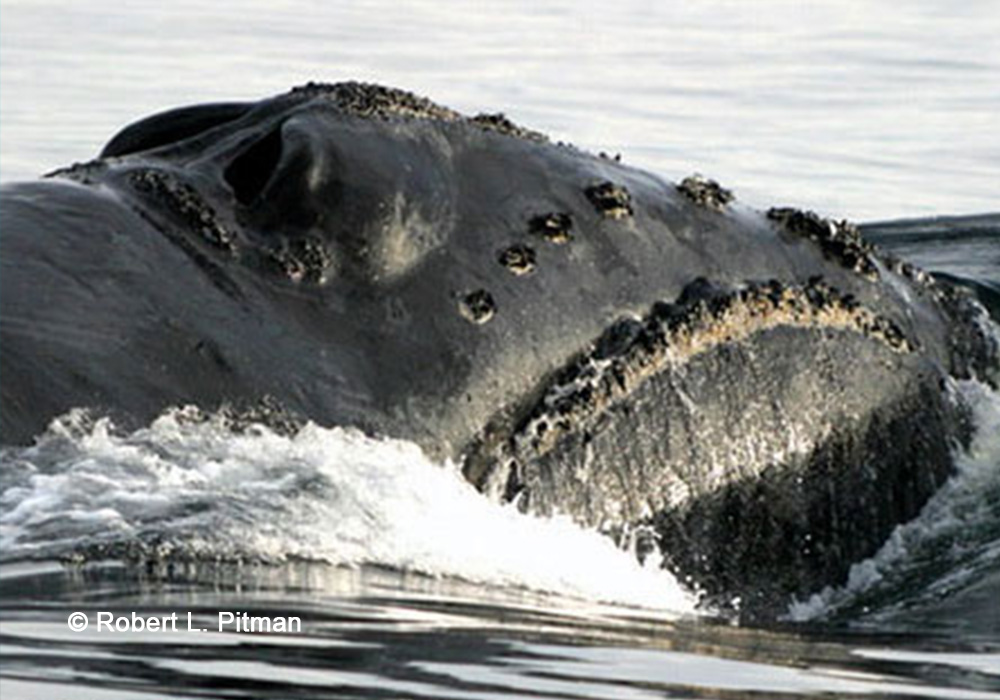
North Pacific Right Whale
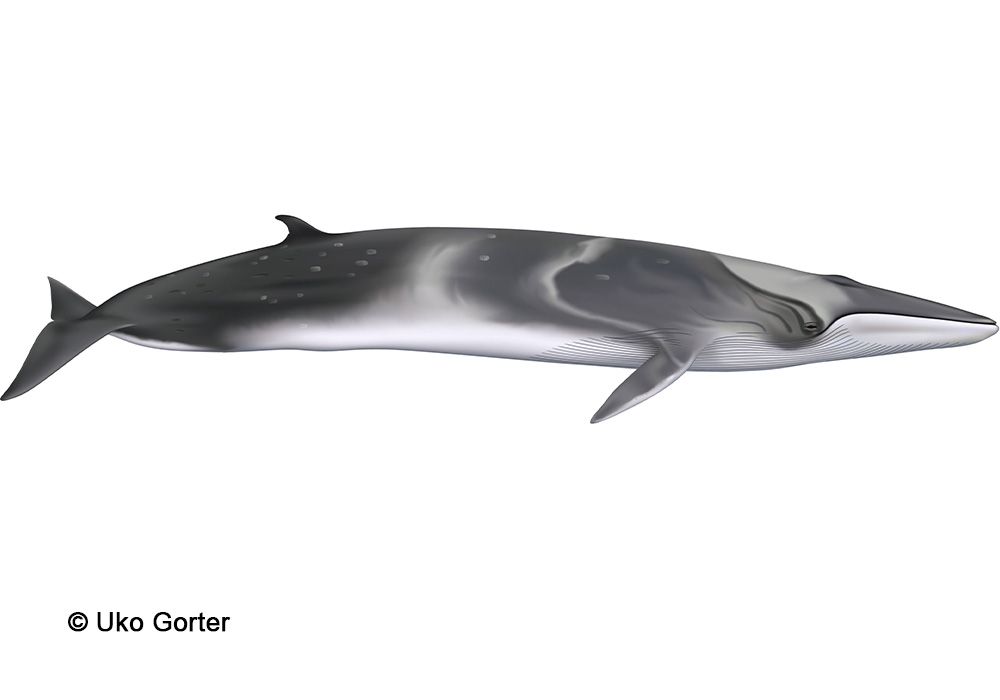
Omura’s Whale
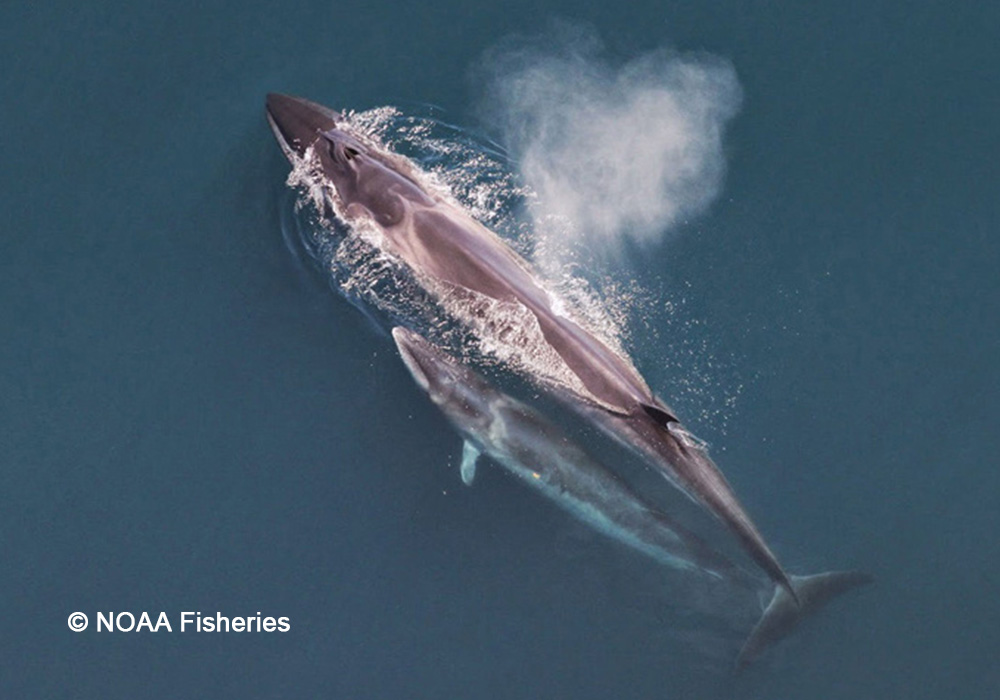
Sei Whale
